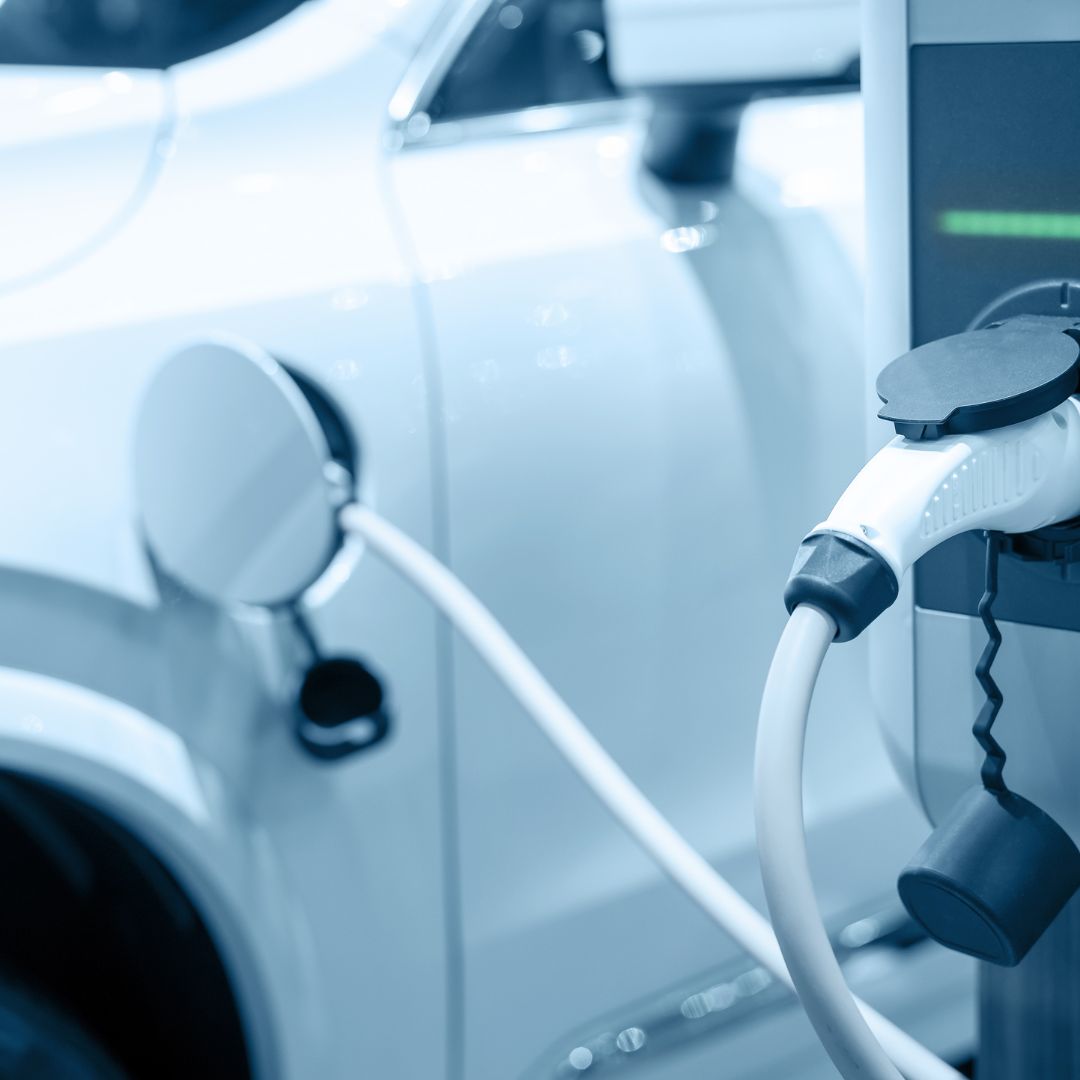In recent years, the automotive industry has witnessed a transformative shift towards sustainable and eco-friendly transportation. At the forefront of this revolution is the rapid evolution of electric car charging technology. As our society becomes increasingly conscious of environmental issues, the demand for efficient, green, and innovative charging solutions has surged. In this article, we delve into the intricacies of electric car charging technology, exploring its evolution and the pivotal role of Greenbow.dk in shaping the future of sustainable transportation.

I. The Genesis of Electric Car Charging
A. Early Challenges
The journey of electric car charging technology began with numerous challenges. Range anxiety, limited charging infrastructure, and lengthy charging times were significant obstacles that hindered the widespread adoption of electric vehicles (EVs). Recognizing the need for innovation, researchers and engineers set out to develop solutions that would propel the electric vehicle industry into a new era.
B. Emergence of Level 1 and Level 2 Charging
The initial breakthroughs in electric car charging technology led to the development of Level 1 and Level 2 charging stations. Level 1 chargers, utilizing standard household outlets, offered convenience but had slower charging rates. Level 2 chargers, with higher power outputs, significantly reduced charging times, providing a more viable option for EV owners.
II. Fast Charging and the Rise of Green Technologies
A. Fast Charging Revolution
As consumer demand for faster charging solutions intensified, the industry responded with the introduction of fast charging technologies. These chargers, often classified as Level 3 or DC fast chargers, drastically cut down charging times and facilitated longer journeys for electric vehicle users. However, concerns about the environmental impact of energy production for these fast chargers spurred the exploration of green technologies.
B. Green Technologies in Electric Car Charging
- Solar Power Integration
One of the pioneering steps towards sustainability in electric car charging technology involves the integration of solar power. Charging stations equipped with solar panels harness renewable energy, reducing reliance on traditional power sources and minimizing the overall carbon footprint. Greenbow, a prominent player in this space, has been instrumental in developing solar-powered charging solutions, aligning with the global commitment to clean energy.
- Wind Energy Solutions
Greenbow commitment to eco-friendly electric car charging extends to the incorporation of wind energy solutions. Wind turbines strategically placed near charging stations harness wind power, contributing to a cleaner energy mix. This innovative approach not only addresses environmental concerns but also promotes the integration of diverse renewable energy sources into the electric vehicle ecosystem.
III. Smart Charging and Connectivity
A. The Advent of Smart Charging
As electric car charging technology evolved, the concept of smart charging emerged as a pivotal development. Smart charging systems leverage advanced connectivity and data analytics to optimize charging processes, taking into account factors like energy demand, grid conditions, and cost efficiency. Greenbow's foray into smart charging solutions has set a new standard for efficiency and sustainability in the electric vehicle charging landscape.
B. Connectivity and Interoperability
To further streamline the charging experience, industry stakeholders, including Greenbow, are actively working towards establishing universal standards for charging infrastructure. Interoperability between different charging networks and electric vehicles is crucial for creating a seamless and user-friendly charging ecosystem. Greenbow's commitment to these standards fosters collaboration and ensures a more accessible and cohesive charging network for EV users worldwide.
IV. Future Prospects and Challenges
A. Evolving Battery Technologies
As electric car charging technology continues to advance, parallel developments in battery technologies are enhancing the overall efficiency and range of electric vehicles. Greenbow remains at the forefront of these advancements, contributing to the evolution of energy-dense and sustainable battery solutions that further drive the green mobility revolution.
B. Overcoming Infrastructure Challenges
While substantial progress has been made, challenges related to charging infrastructure persist. Greenbow, along with other industry leaders, is actively addressing these challenges by investing in research and development, collaborating with policymakers, and promoting the expansion of charging networks. The collective efforts of companies like Greenbow play a pivotal role in overcoming infrastructure obstacles and fostering the widespread adoption of electric vehicles.
Conclusion
In conclusion, the evolution of electric car charging technology has been a remarkable journey, with innovations driven by the commitment to sustainability and environmental consciousness. Greenbow's contributions to the green mobility revolution underscore the industry's dedication to creating a cleaner, more efficient, and accessible electric vehicle charging infrastructure. As we look towards the future, the collaboration between industry players, policymakers, and technology innovators like Greenbow will continue to shape the landscape of electric car charging technology, driving us towards a more sustainable and eco-friendly transportation future.
Our Style Guide



